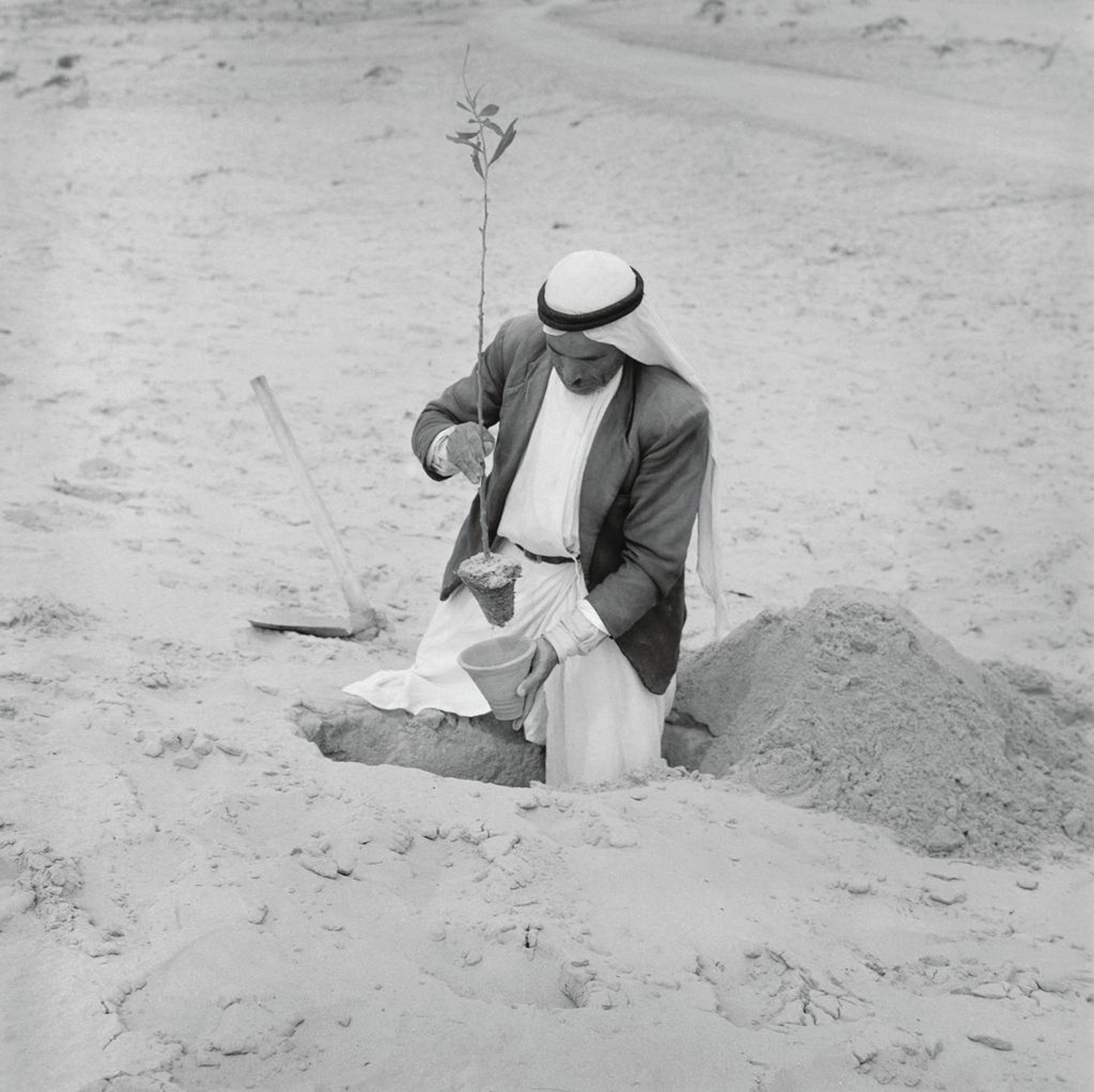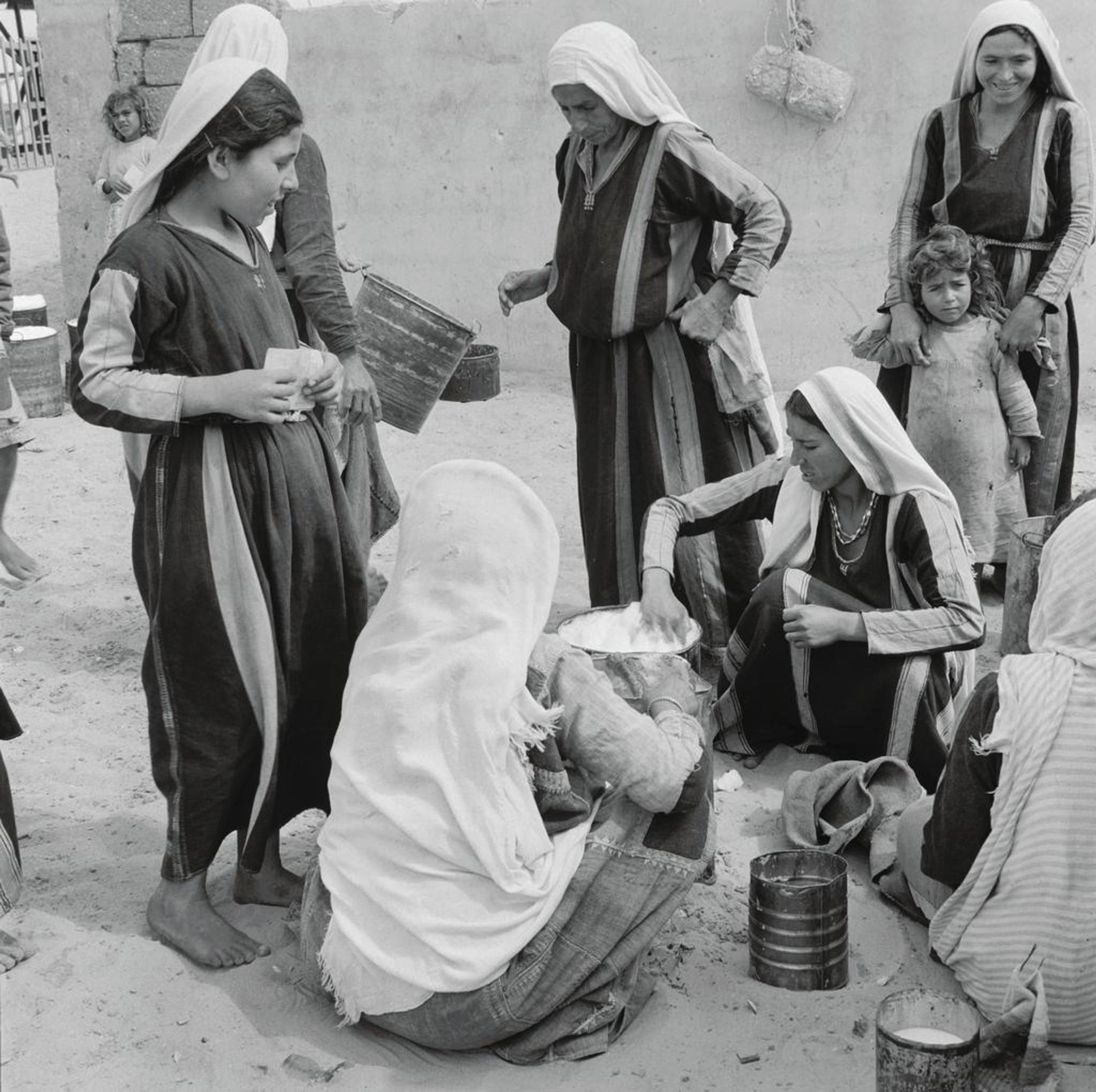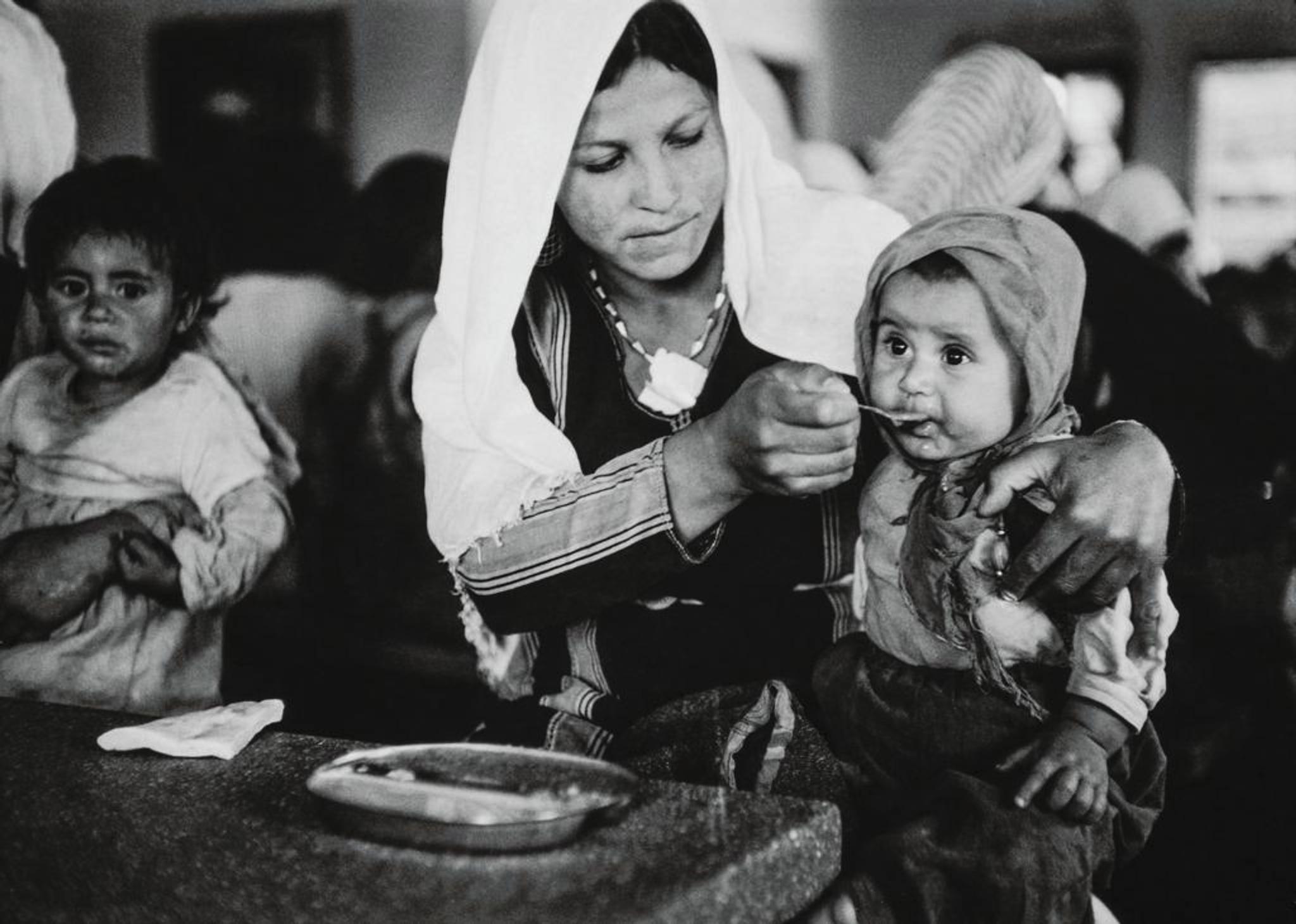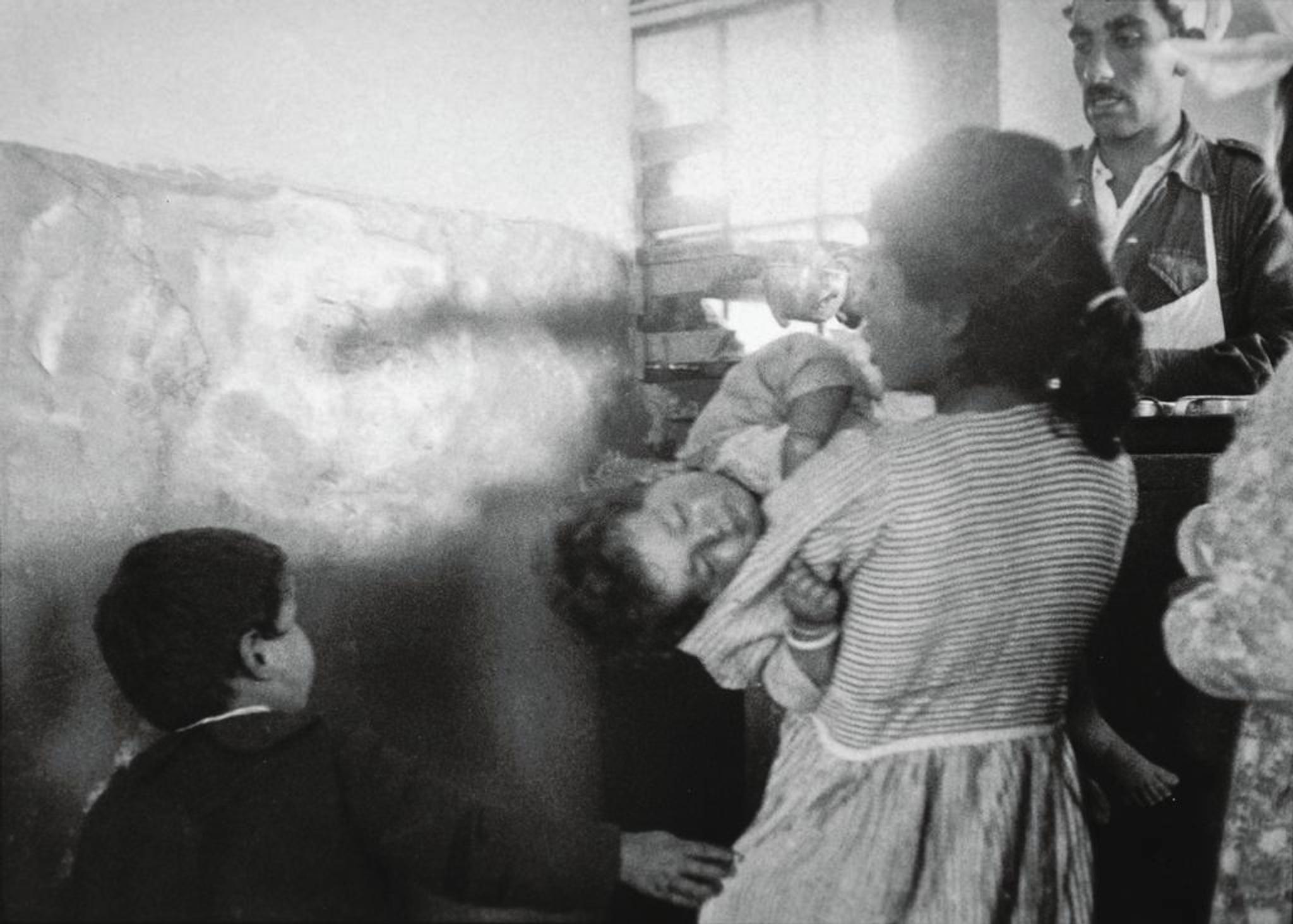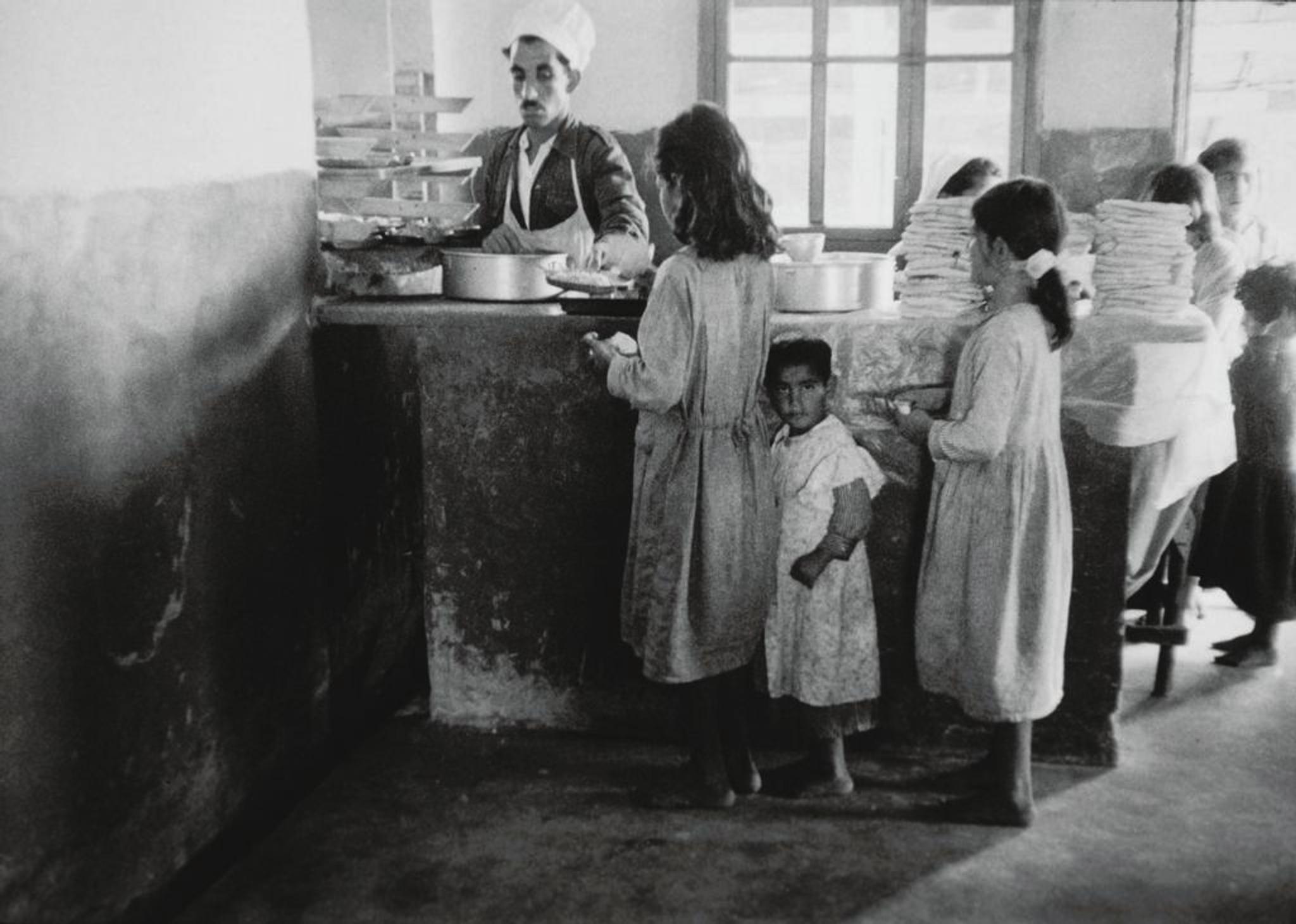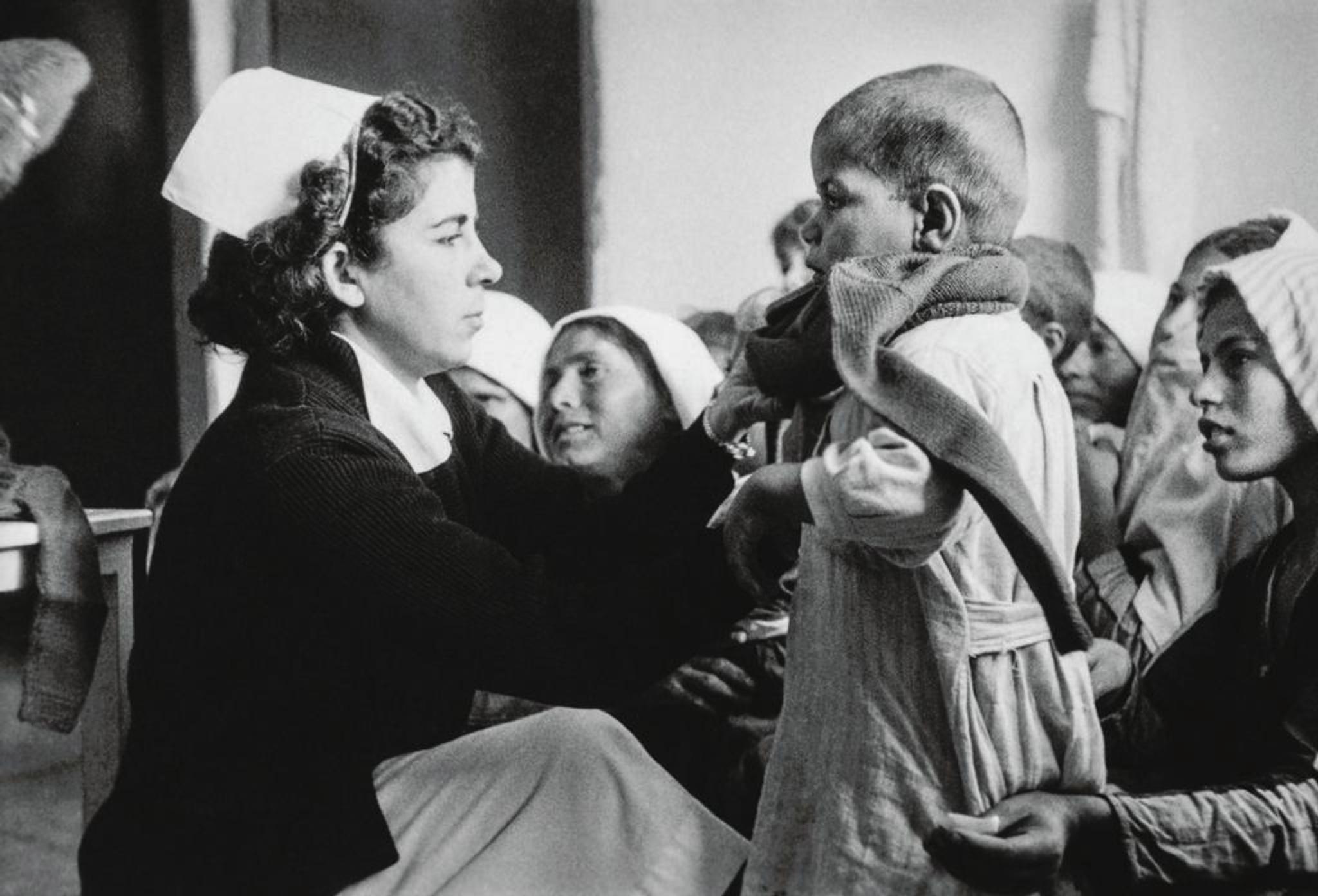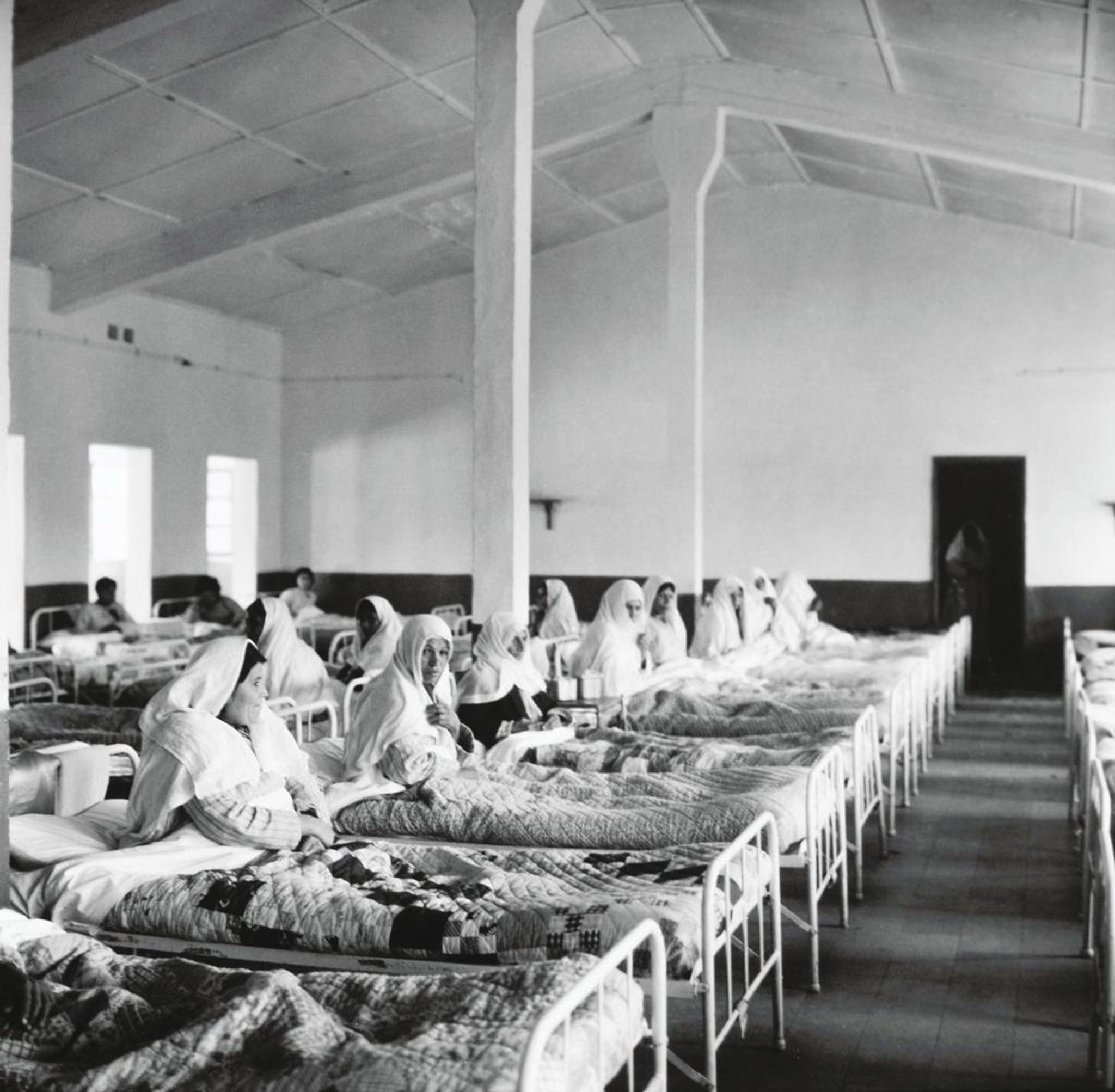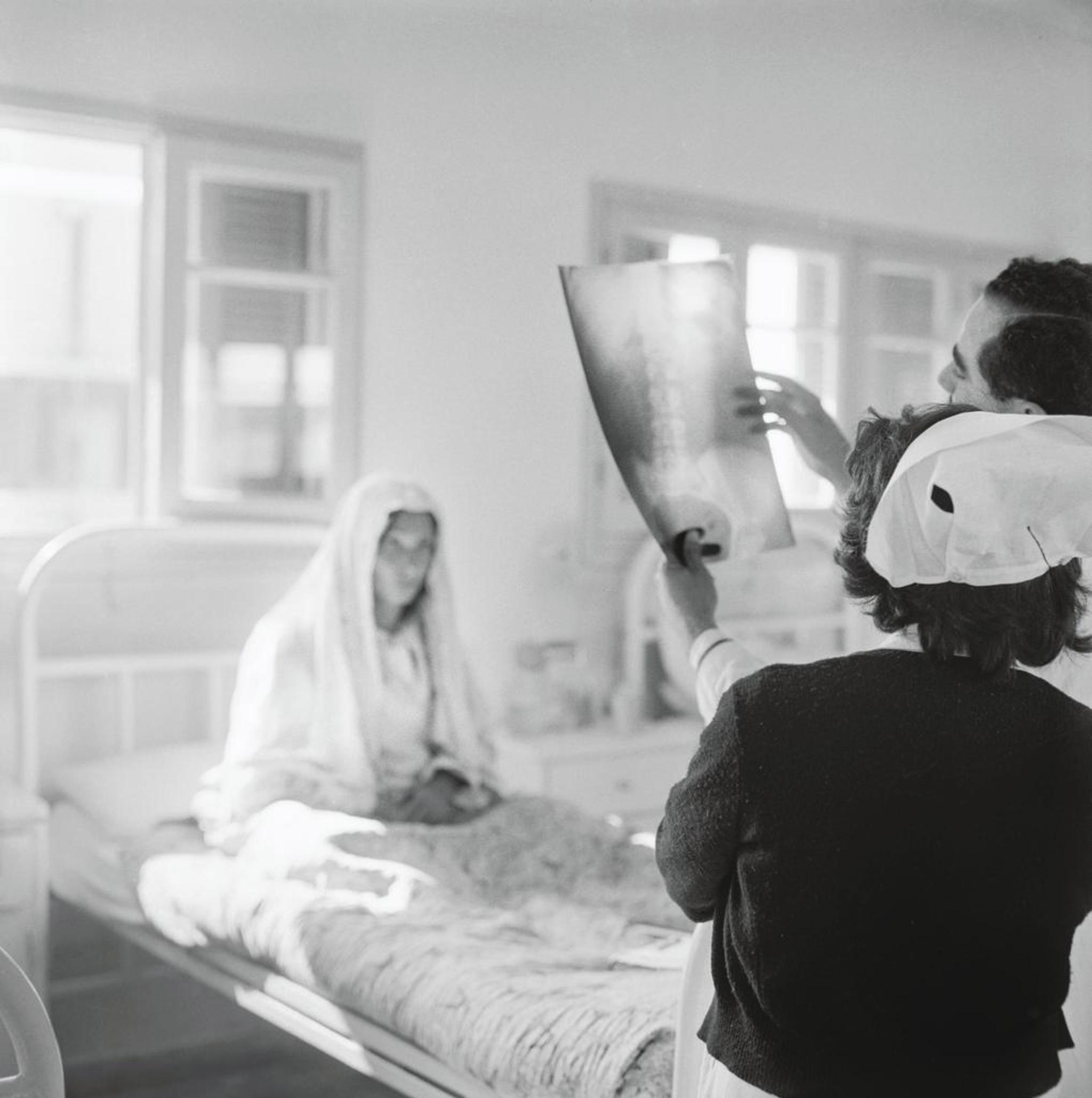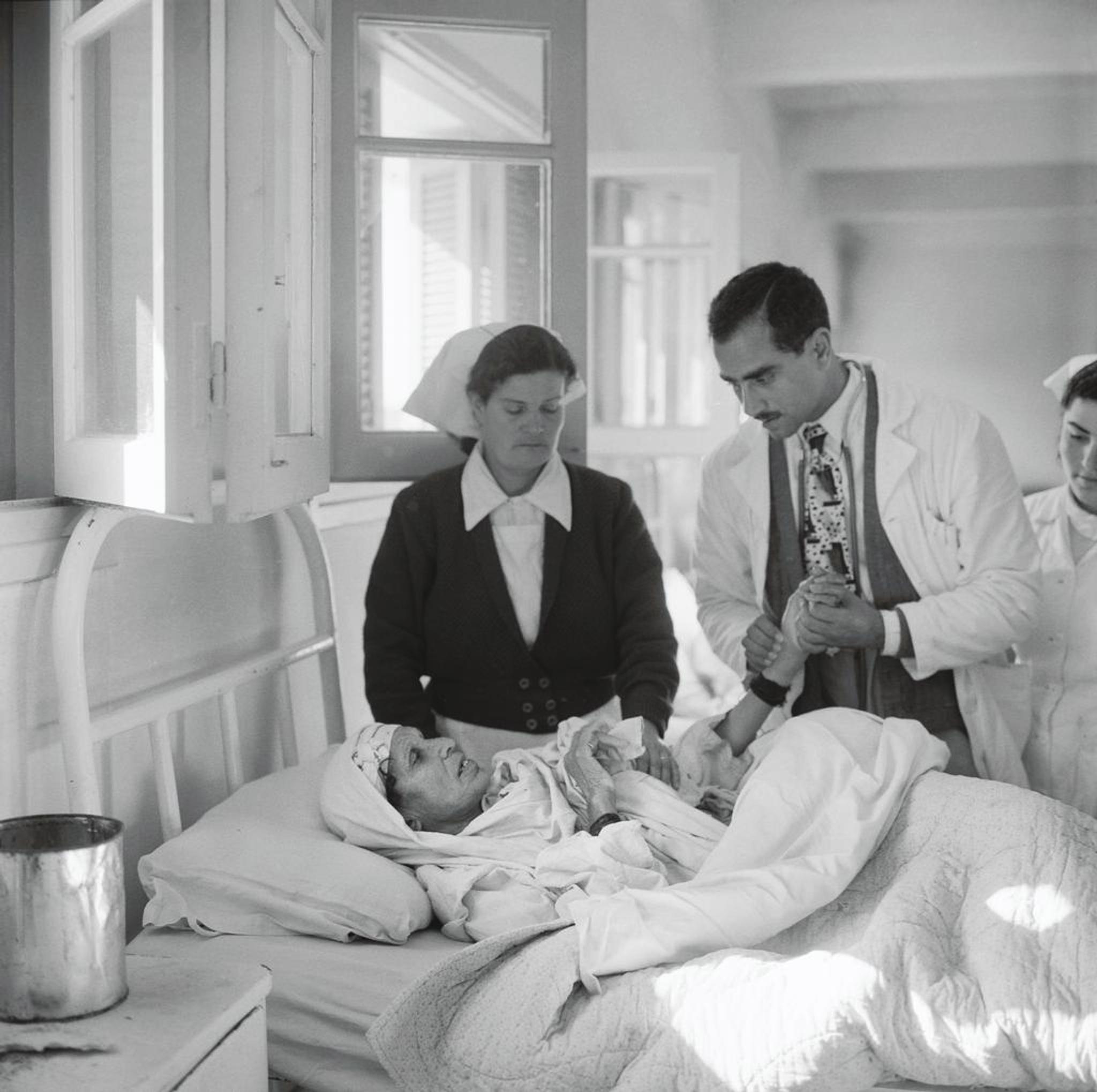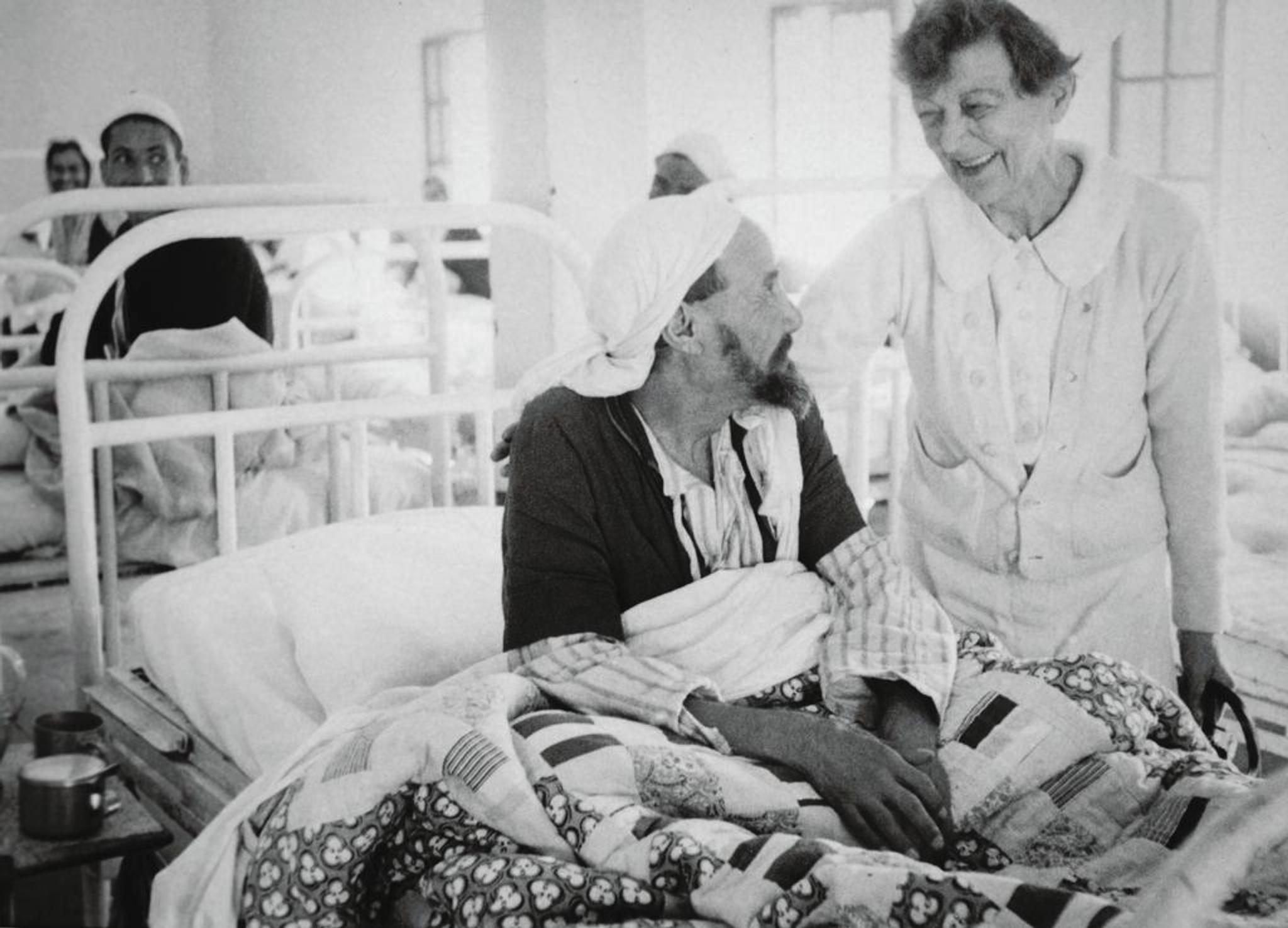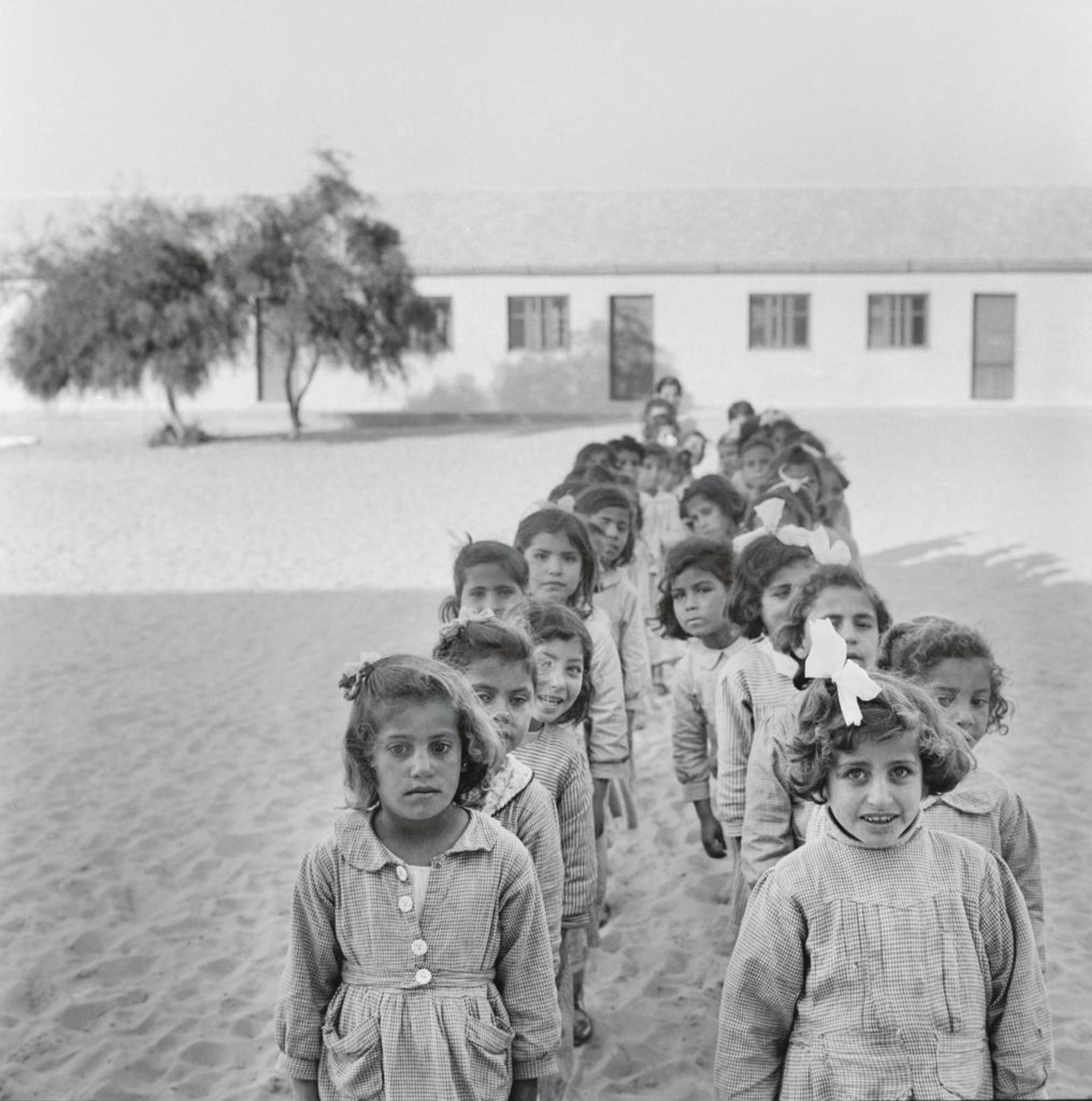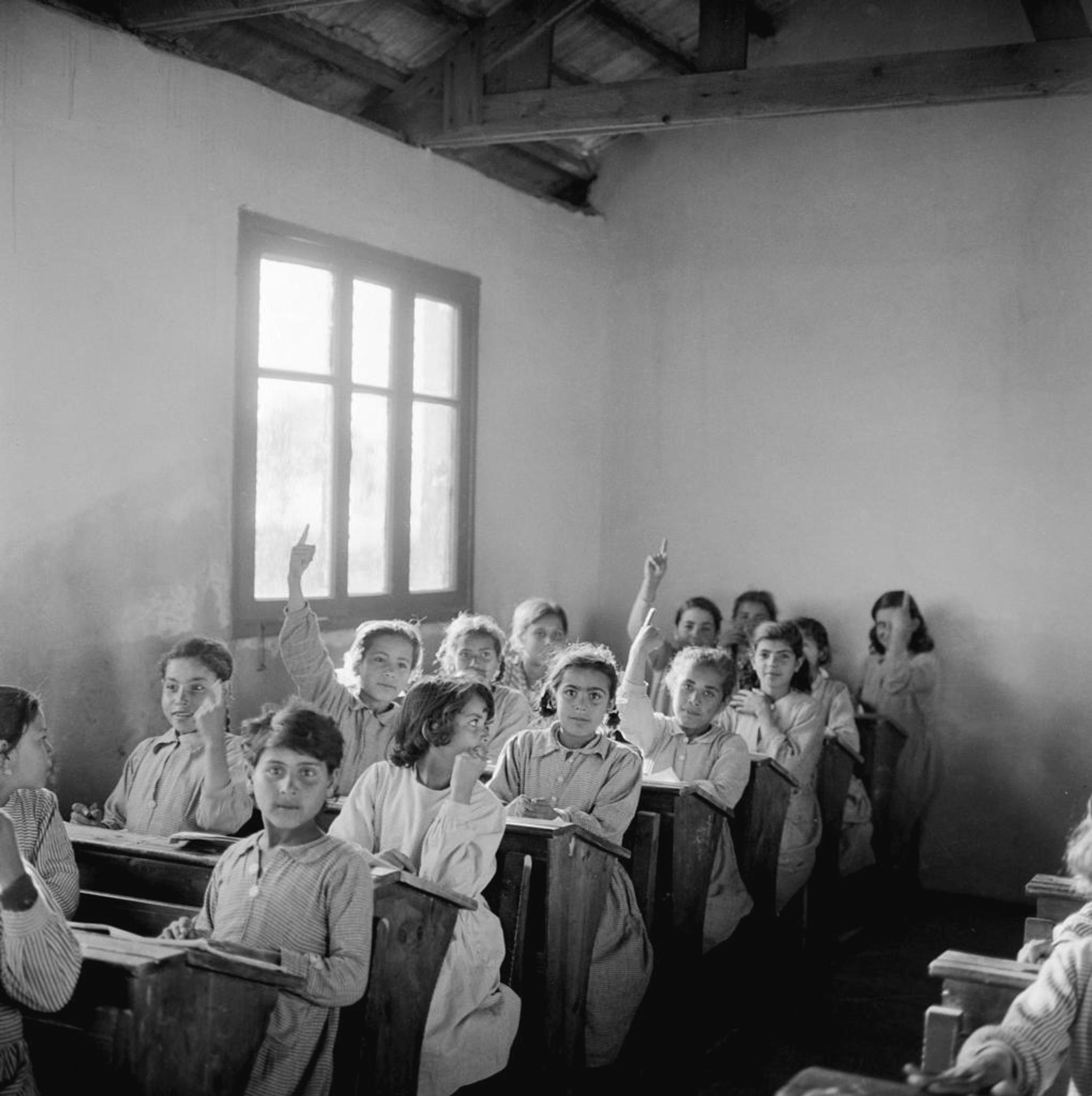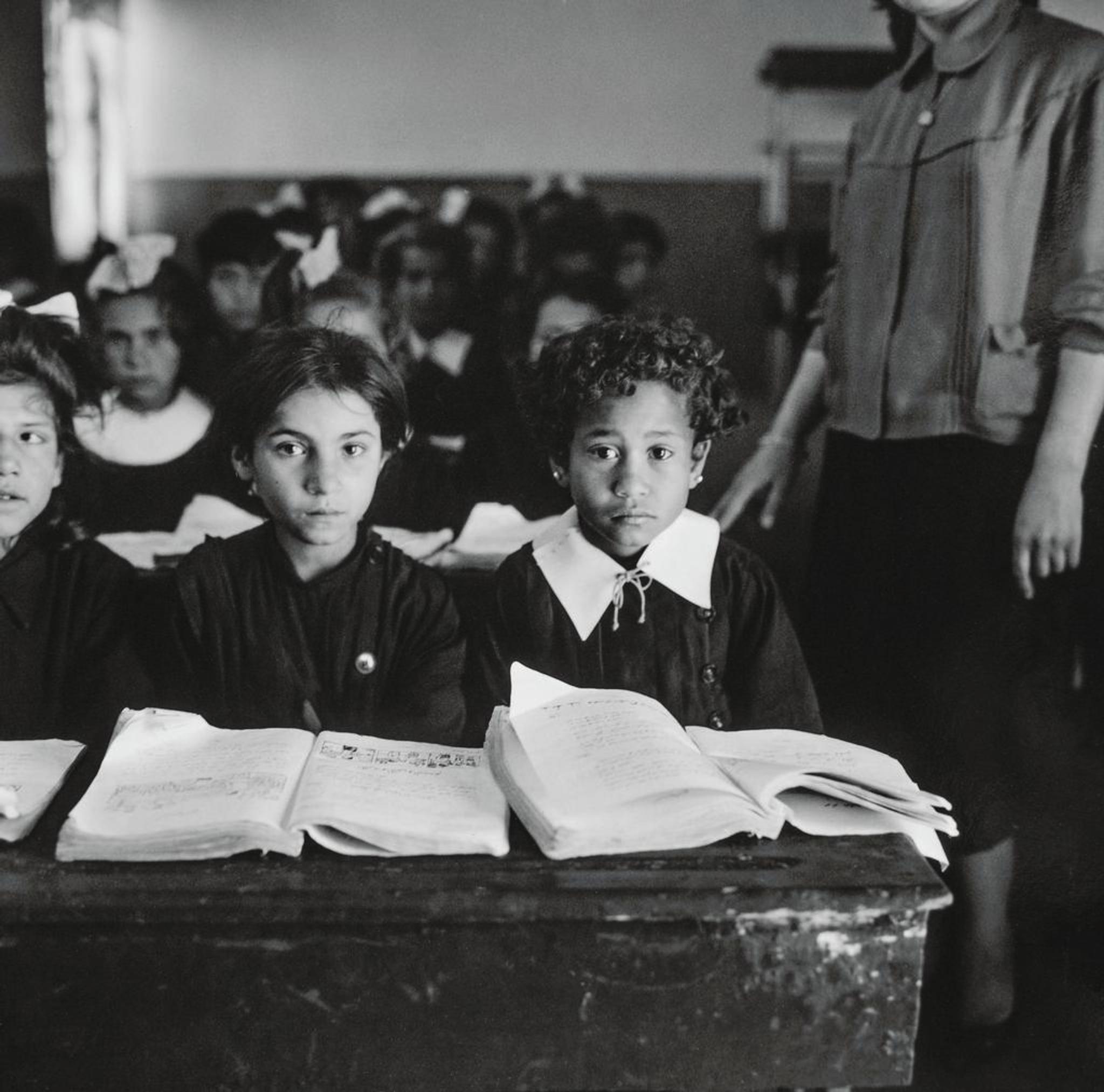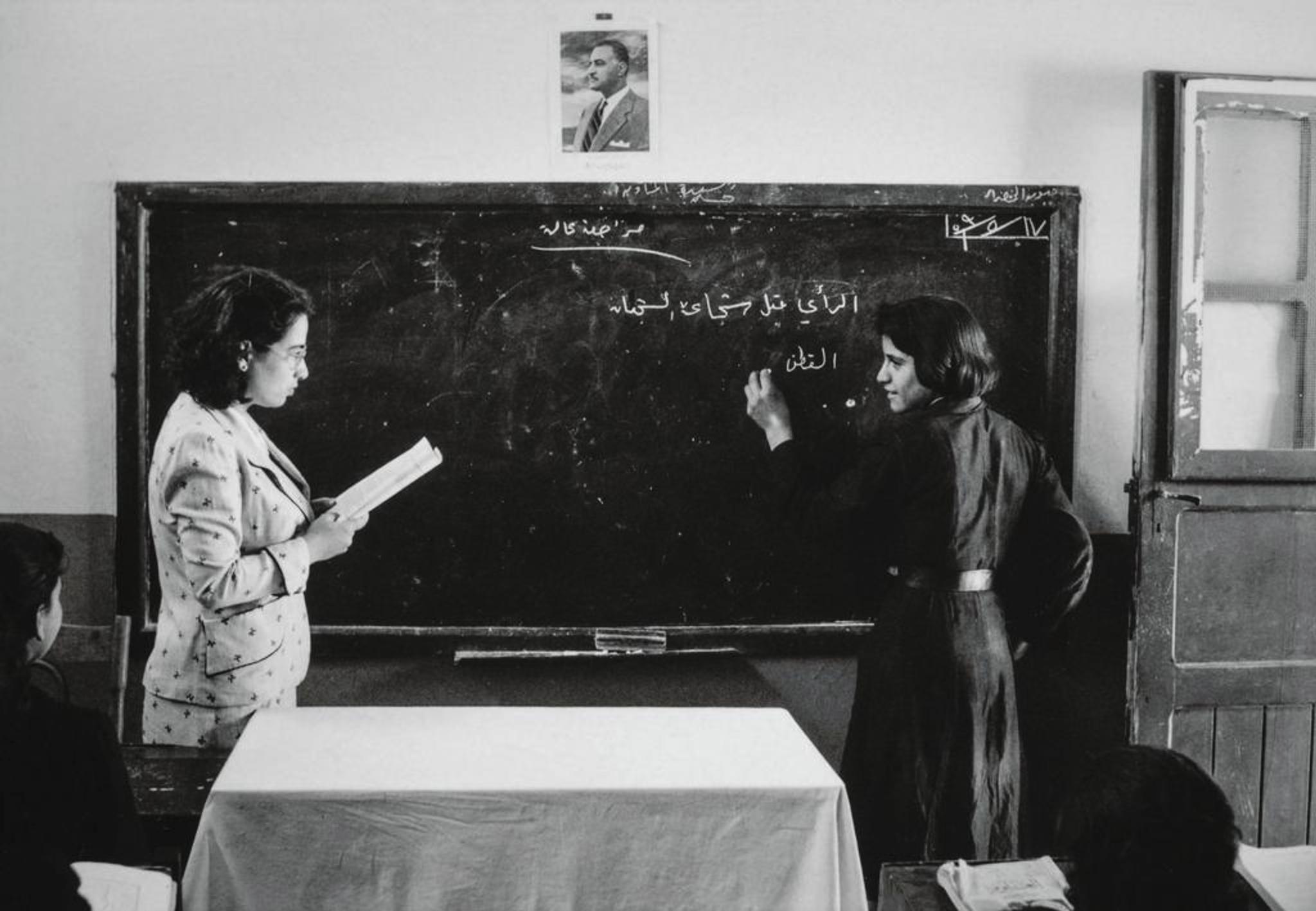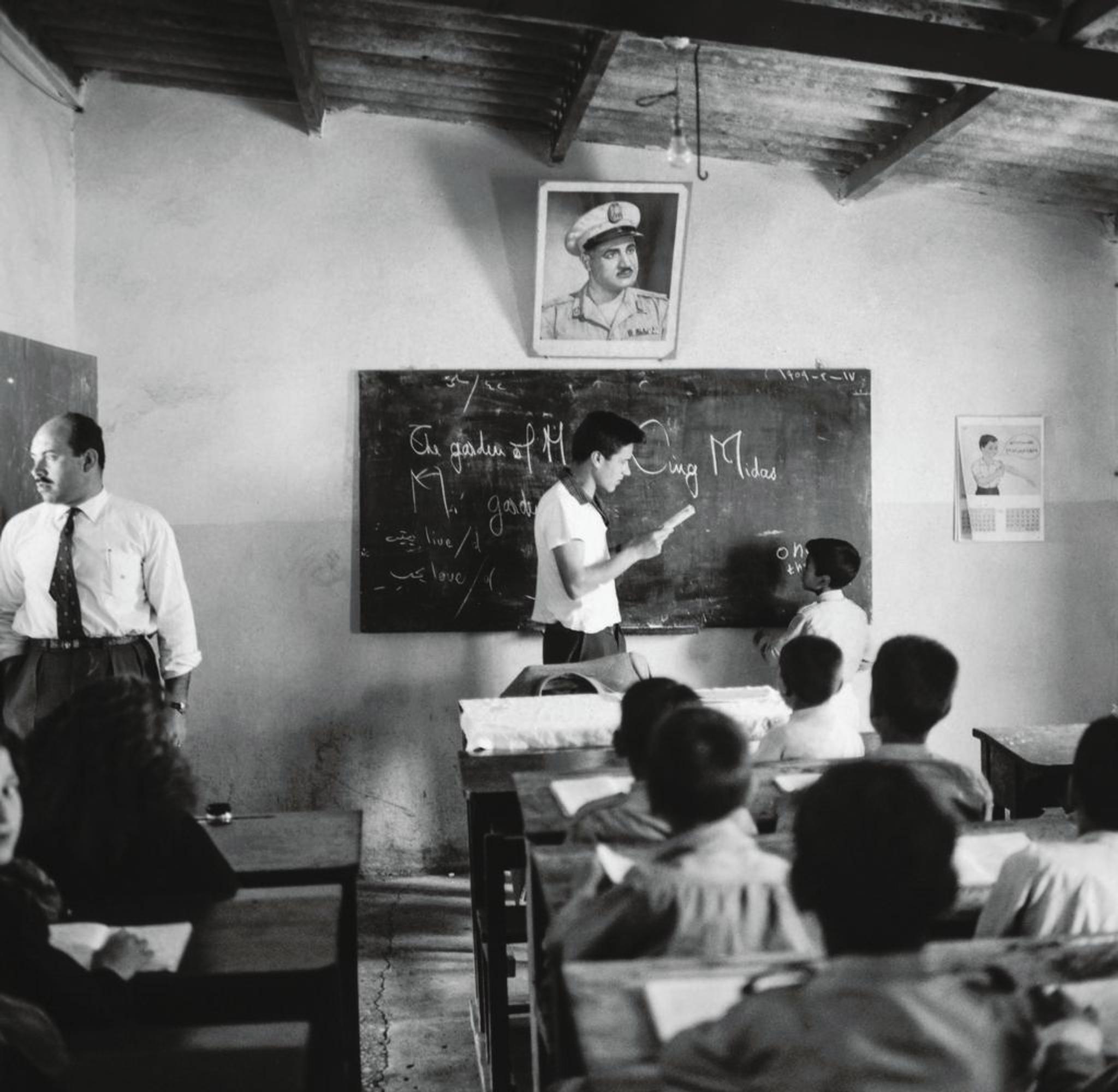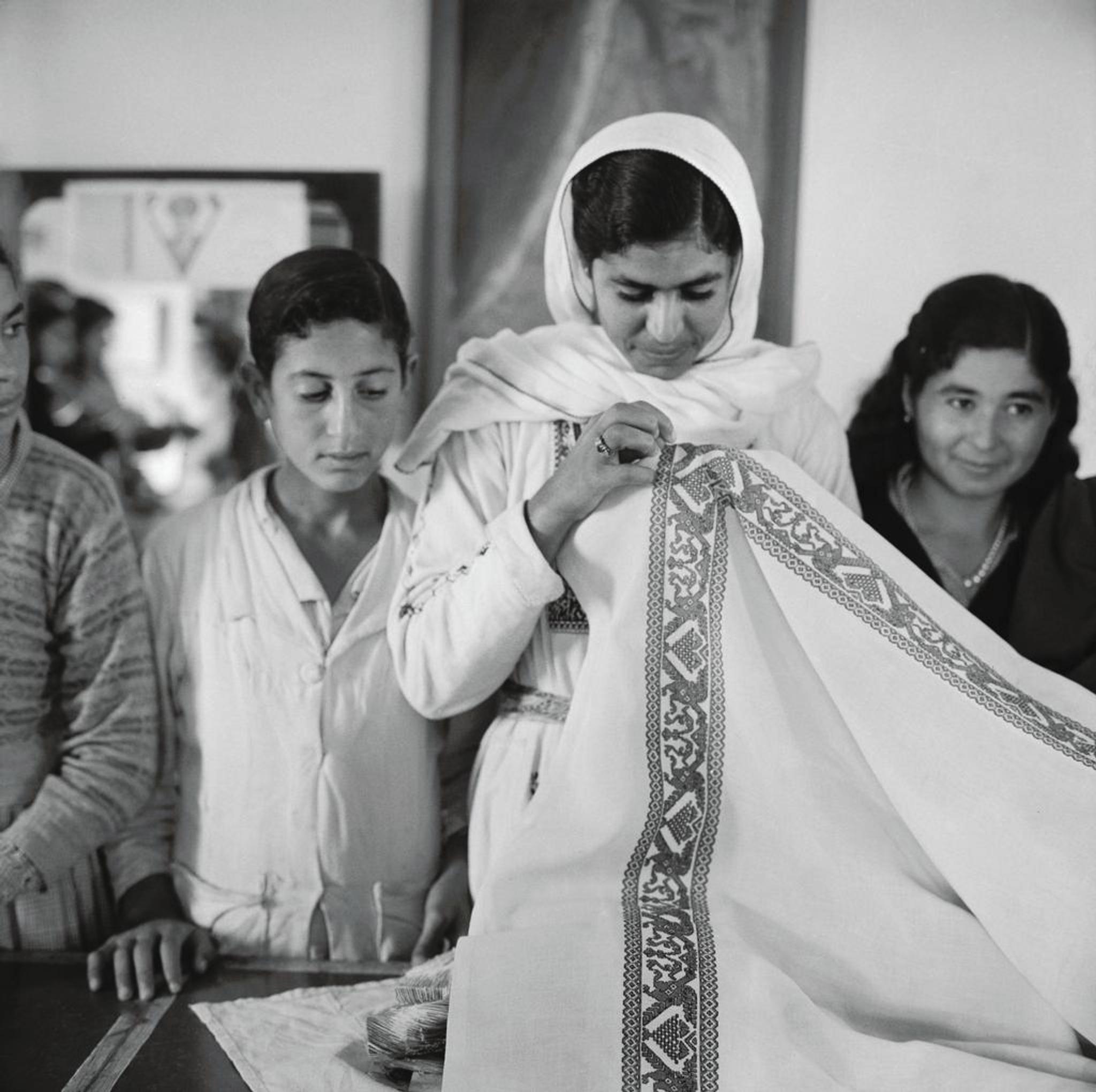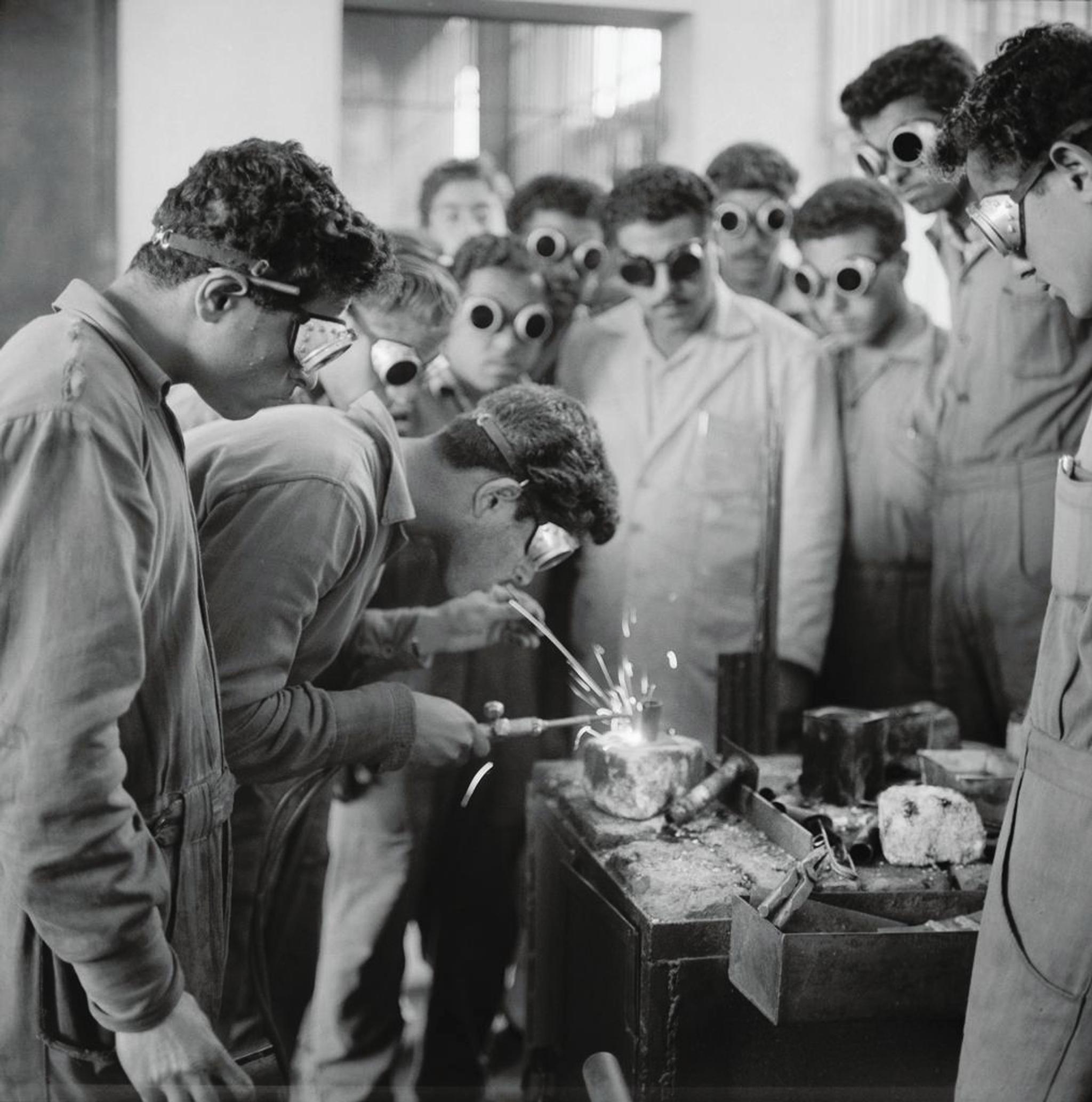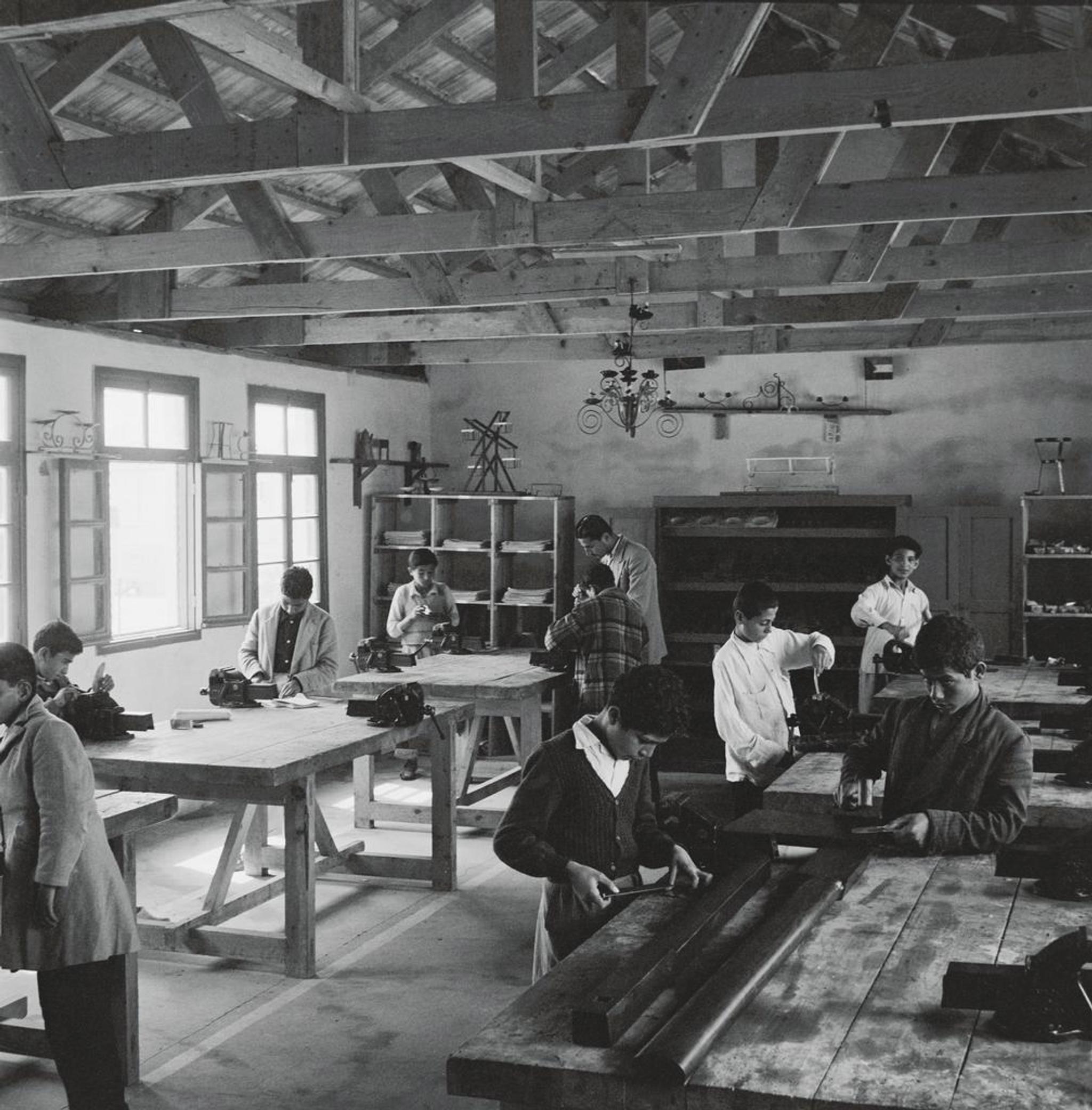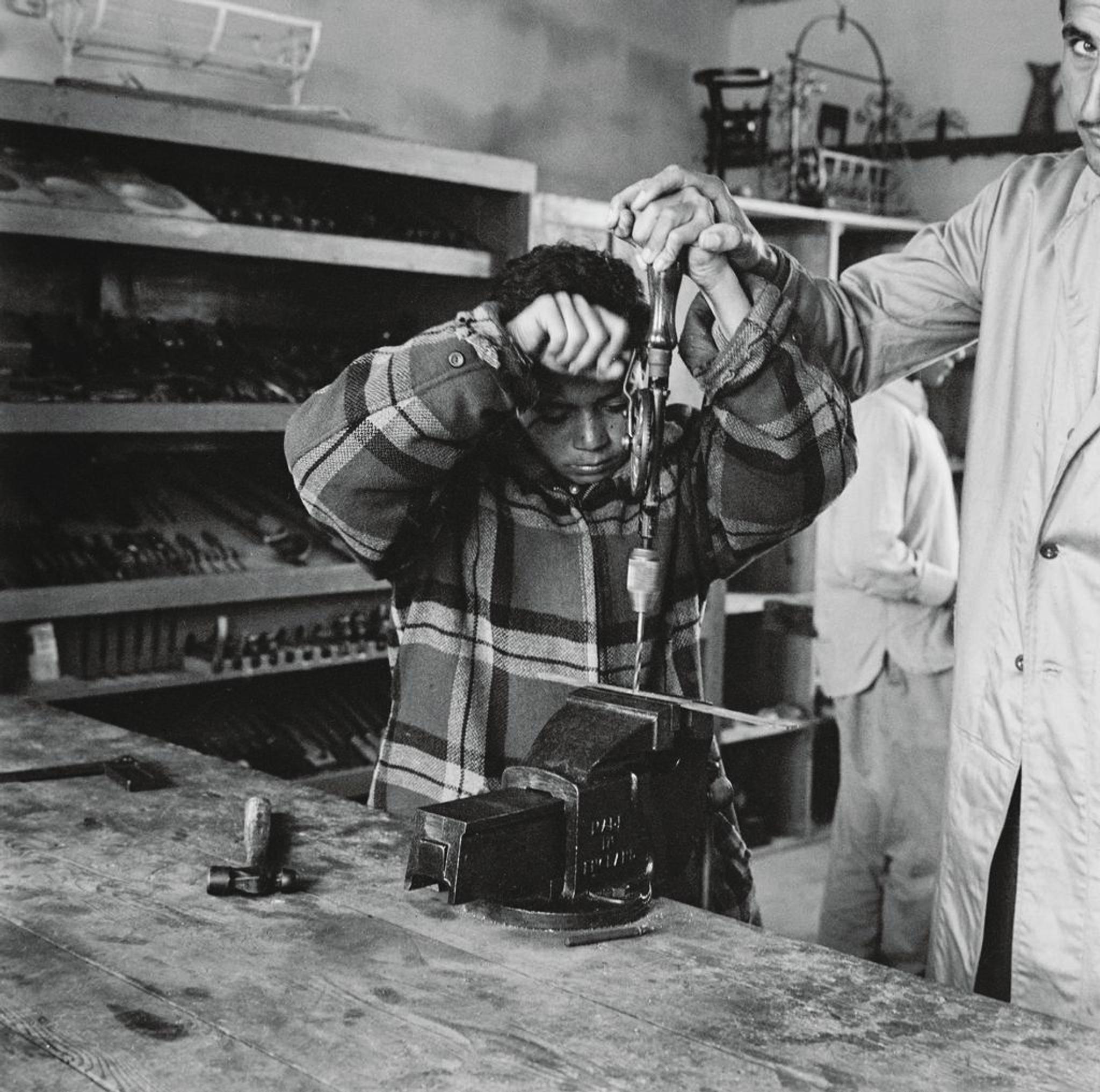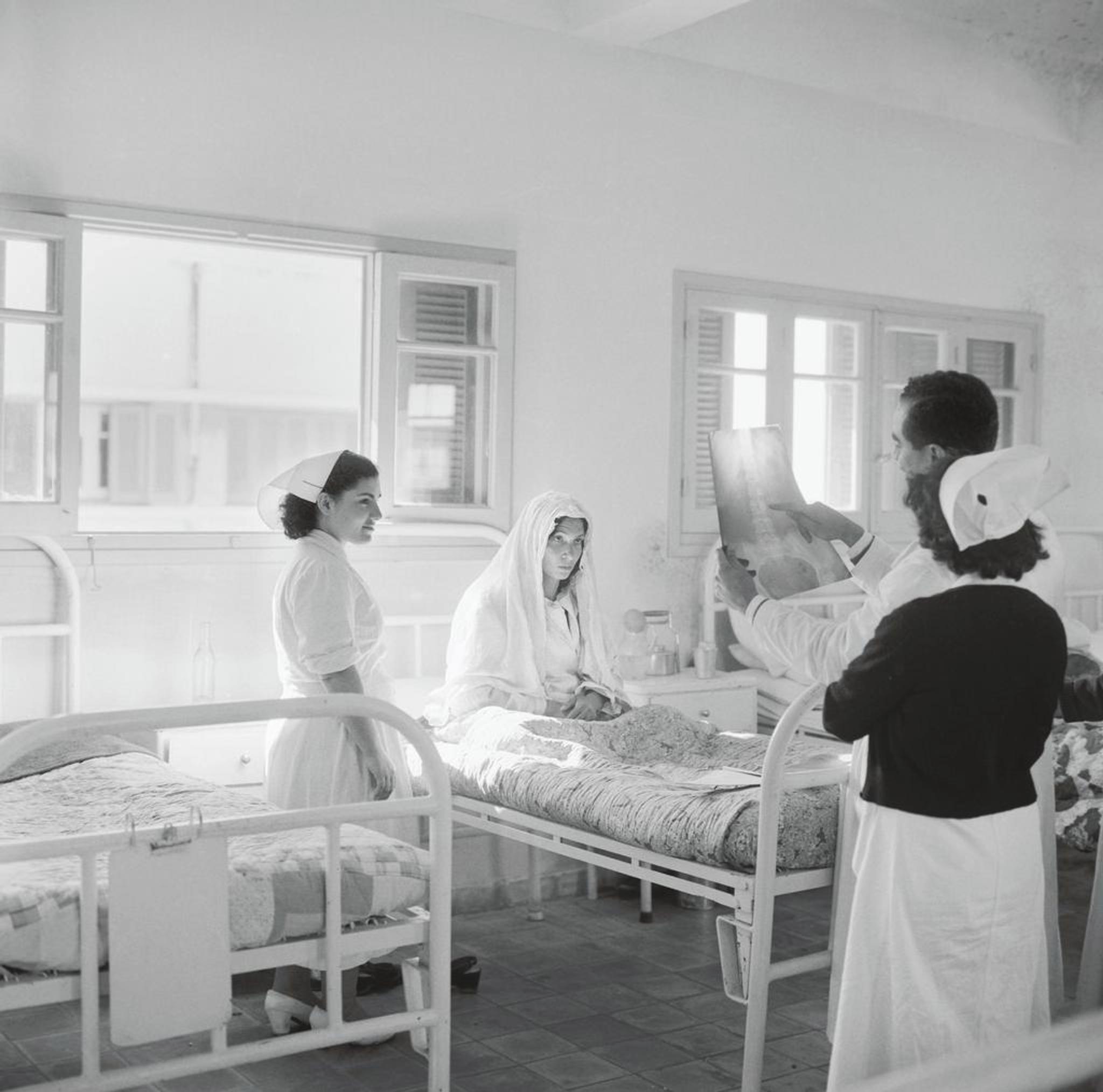
Aid, health services and education
Today there are 5.8 million registered Palestinian refugees, and 58 official – as well as many unofficial – Palestinian refugee camps interspersed throughout the region, in Syria, Jordan, Lebanon, the West Bank, Gaza and East Jerusalem.
Most of them were set up after the war in 1948. High population density, poverty, poor living conditions and weak infrastructure are commonalities between the camps. One out of three refugees live in camps, and most UNRWA programs take place in camps.
Since the 1950s, aid, health services and education have been UNRWA’s most extensive programs. Today more than half a million children attend 711 elementary schools. UNRWA offers basic health services through 143 camp health clinics.
In the 1950s, all registered refugees received food rations, but today only the poorest of the refugees – just over 255,000 persons, qualify to receive aid. In addition, there are programs for micro-credit loans, aid during war and crises, and re- habilitation of housing in camps.
Across these programs, we might see UNRWA as divided in two: on the one hand, as a quasi-welfare state providing education, health and social services to the refugees; and on the other, as a humanitarian aid organisation during war and crises.
The images in this section illustrate a selection of the most central activities run by UNRWA in and around the camps, and in general may be seen as examples of the photographer’s assignment to document the humanitarian need of the Palestinians in the camps. They cover the basic motifs of aid work: food shipments as well as sustenance work in the form of tree planting to cultivate the land; medical assistance and health clinics; food stations; educational services in the form of both primary school teaching and vocational training such as embroidery, weaving, wood- and metal work.
Palestinian refugees transporting sacks of flour from a ship onto the beach as part of UNRWA’s relief work. Gaza Strip, May 1957.
Palestinian refugee planting Eucalyptus trees to cultivate the sand dunes as part of an UNRWA program. Gaza Strip, April-May 1957.
Palestinian women and children gathering outside the UNRWA Milk Distribution Centre. Gaza Strip, April-May 1957.
Primary school girls in a classroom as part of UNRWA’s educational program. Gaza Strip, April-May 1957.
A teacher and a student in a classroom. A portrait of Nasser hangs above the blackboard. Homs, Syria, April-May 1959.
School teaching in a camp for Palestinian refugees. A portrait of Nasser hangs above the blackboard. Dekwaneh, Lebanon, April-May 1959.
Palestinian girls embroidering as part of vocational training provided by UNRWA. Gaza Strip, April-May 1957.
Palestinian girls and women embroidering as part of vocational training provided by UNRWA. Gaza Strip, April-May 1957.

